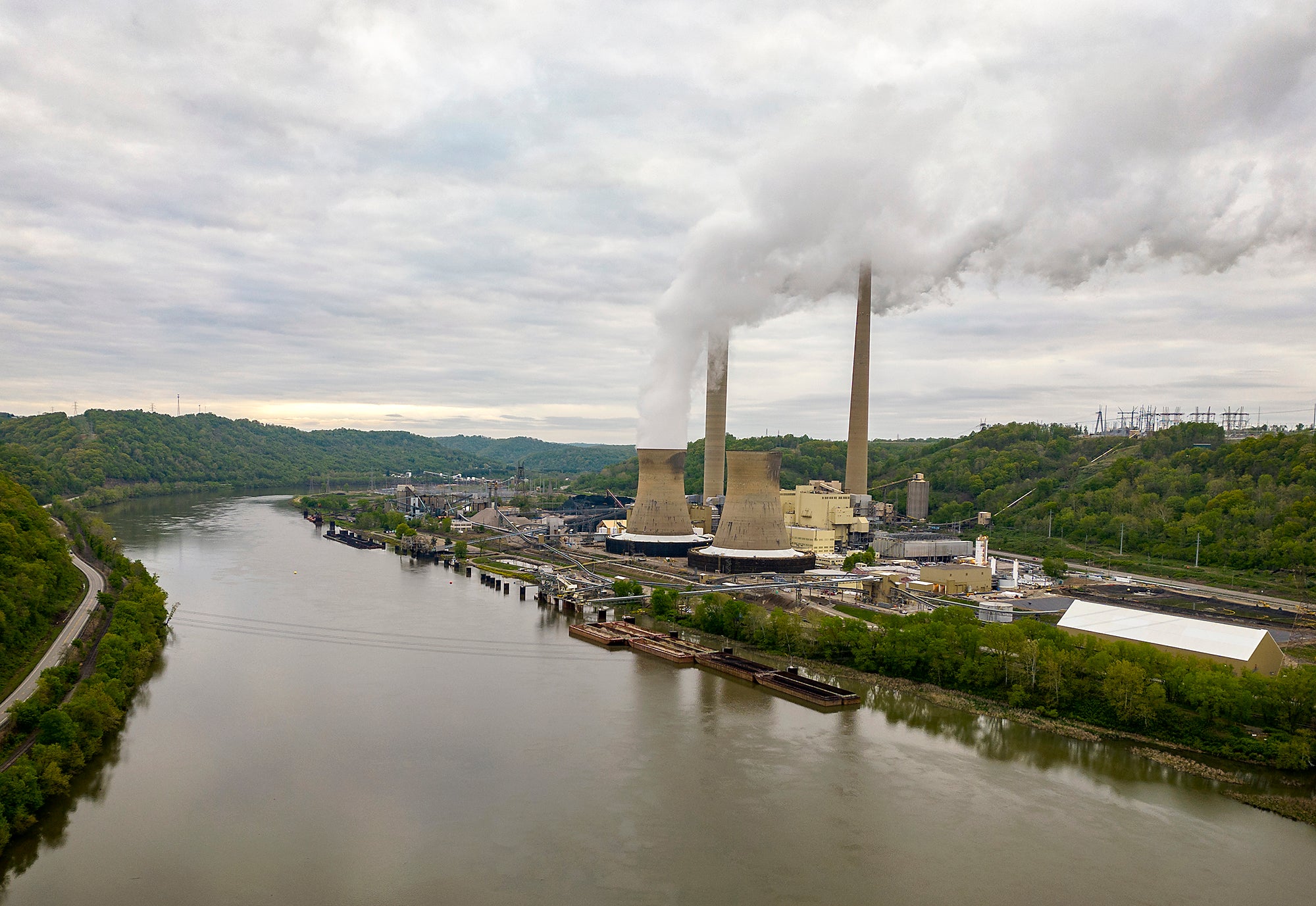Trump Administration Theatens Wastewater Treatment Standards for Coal-fired Power Plants
Coal-fired power plants discharge toxic chemicals into sources of drinking water for more than 30 million Americans.
Coal-fired power plants discharge wastewater containing toxic chemicals and heavy metals directly into waterways that serve as sources of drinking water for more than 30 million Americans. Last year, the Environmental Protection Agency (EPA) finalized improved wastewater treatment standards for coal-fired power plants. But now, Trump’s EPA is trying to gut these safeguards at the behest of the coal power industry. As part of a recent Trump administration announcement to bail out the failing coal industry, the EPA proposed to delay the compliance deadlines for five years and may use that time to gut the standards altogether.
Power plants have historically been by far one of the largest sources of toxic pollutants in America’s rivers, lakes, and streams. Last year the EPA updated safeguards to require coal power plants to upgrade their technology to meet zero-discharge requirements for their three largest waste streams: wastewater generated by power plant air pollution scrubbers, water used to flush out coal ash that accumulates at the bottom of the coal boiler (known as bottom ash), and leachate from coal ash surface impoundments and landfills. EPA had updated the standards, known as Effluent Limitation Guidelines or ELGs, to require substantial reductions in the amount of arsenic, mercury, and other pollutants that power plants are permitted to dump into U.S. waterways.
Affordable technologies are available to completely eliminate toxic pollution from coal plants’ wastewater — there is no excuse for not requiring coal plants to begin using this technology. The standards will significantly reduce toxic metals and other harmful pollutants such as bromide that are difficult and costly to remove from our drinking water. During drinking water treatment, the presence of bromide can create carcinogenic byproducts that utilities need expensive treatment equipment to avoid. Some drinking water utilities have been forced to install expensive new treatment systems to remove toxic contaminants from upstream coal-fired power plants. Municipal drinking water utilities across the country have pressed EPA to ensure strong guidelines to control discharges of toxic chemicals from coal-fired power plants.
The benefits of requiring power plants to meet the new wastewater zero-discharge standards were estimated to be at least three to six times greater than the costs to industry, including reduced incidences of cancer and cardiovascular disease, reduced lead exposures in children, and reduced drinking water treatment costs.
Under the safeguards that EPA adopted in 2024, power plants are required to notify EPA by the end of the year if they intend to retire rather than meet the new zero-discharge requirements, and to meet the requirements by the end of 2029. EPA’s new proposed rule would postpone those deadlines for five years until the end of 2031 and the end of 2034. EPA will also give more loopholes to coal plants, including giving retiring coal plants more time to operate without adequate pollution controls.
The Trump administration is trying to bail out the coal industry with direct subsidies and by gutting basic pollution controls, but the fact is that these plants are aging, costly, and polluting and cannot compete with clean energy, which is cheaper and more reliable. Coal now generates just 15% of American electricity because it’s the most polluting, dangerous, and expensive way to produce power. When they prop up corporate polluters, we all pay the price through higher electricity bills and toxic pollution.
Even though the Clean Water Act requires polluters to use the most modern and effective pollution control technology available to treat wastewater, prior to 2015 most coal plants had no limits on toxic pollutants in their wastewater discharges. In response to an Earthjustice suit filed in 2010, EPA revised the wastewater standards for the first time in decades. Coal-fired power plants were required to install state-of-the-art wastewater treatment technology and monitor local water quality. But then-EPA Administrator Andrew Wheeler finalized a weaker rule in 2020. Earthjustice filed a lawsuit challenging that weakening of the rules, which resulted in new standards finalized in 2023. For the first time, those standards included new treatment standards for leachate from power plant coal ash disposal sites, a result of a court victory won by Earthjustice and partner groups in 2019, when the U.S. Court of Appeals for the Fifth Circuit struck down a prior attempt by EPA to exempt these waste streams from more stringent discharge limits.
The EPA plans to hold a public hearing on October 14, you can participate. The Trump administration is now giving the green light for power plants to keep dumping toxic chemicals into drinking water supplies. But we will see them in court.
Earthjustice’s Clean Energy Program uses the power of the law and the strength of partnership to accelerate the transition to 100% clean energy.
